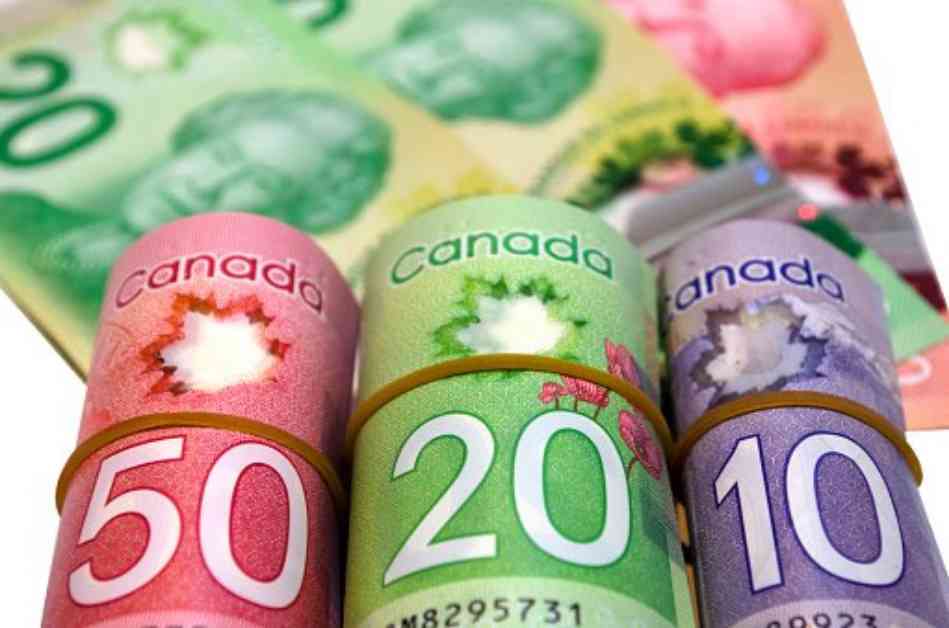The Canadian dollar took a hit recently, dropping over 1.4% against the US dollar. This drop came after President Trump’s threats to impose new tariffs on goods from Mexico and Canada. The USDCAD pair jumped to 1.4170, the highest level since April 23, 2020. This situation is intriguing because just a few days prior, the price of oil plummeted into negative territory for the first time ever.
Looking back over the past 20 years, USDCAD has only hit these levels during times of turbulence. This includes periods in 2016 and 2020 when oil prices were exceptionally low. Historically, the Canadian dollar steadily depreciated against the US dollar between 1997 and 2003 due to low energy prices caused by increased supply and the Asian crisis.
Currently, USDCAD has surpassed 1.4000, with oil prices in a better position. However, a further drop in oil prices could drag the Canadian dollar down. On the bright side, the Republican Party tends to support companies involved in traditional energy production, which could benefit the Loonie.
Investors now face a decision on how to proceed. One option is to work towards increasing oil prices, possibly by boosting purchases into the Strategic Petroleum Reserve or advocating for US companies abroad through tariffs and sanctions. The other option is to focus on maximizing profits through increased production.
At the moment, it seems more likely that efforts will be made to raise oil prices, which could ultimately be positive for the Canadian dollar in the long term. In the short term, however, the turbulence may persist, indicating that the best time to open USDCAD shorts may still be ahead.
Looking at the daily timeframe, the pair is not yet in an overbought condition that could reverse its momentum. It could potentially climb to the 1.4500 area and beyond before reaching its peak.
Overall, the situation remains uncertain, and investors should carefully consider their options before making any decisions.

















